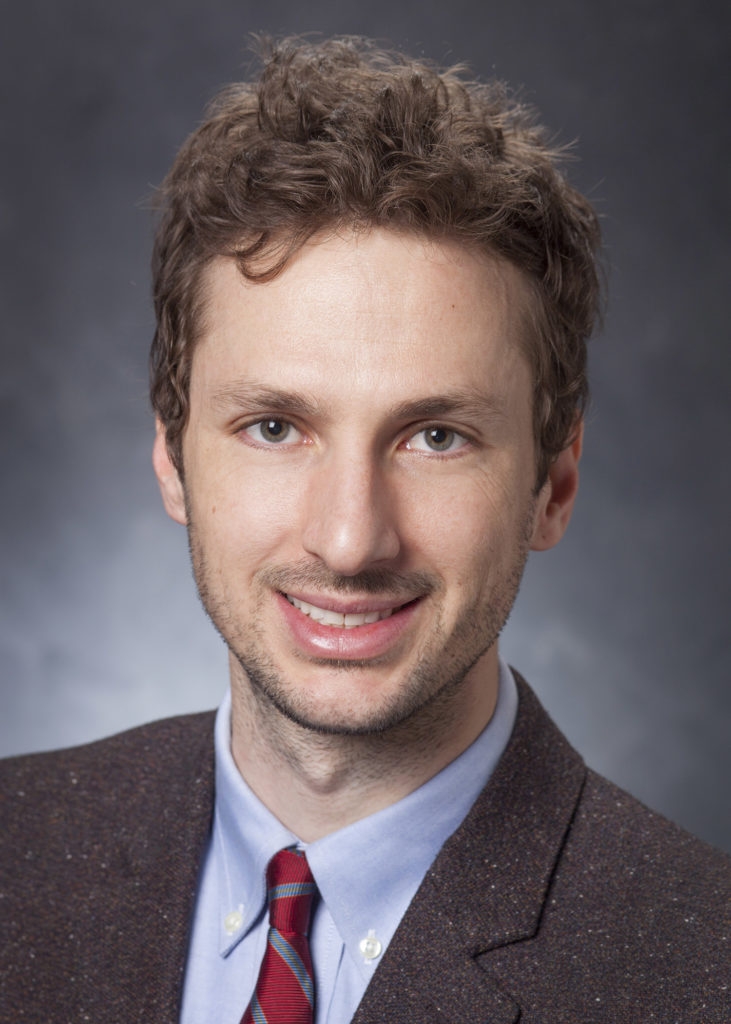Ten years ago with only a handful of researchers, UGA’s Regenerative Bioscience Center made a commitment.
The center aimed not only to establish a nonprofit collaboration, but also to help graduate and undergraduate students draw from a diverse group of faculty that fosters opportunities for more dialogue and engagement in the advancement of regenerative medicine.
Today, under the direction of Steven Stice, a Georgia Research Alliance Eminent Scholar in the College of Agricultural and Environmental Sciences, the center has grown to almost 30 members.
For Stice, the new year sets the stage for what will become the age of remarkable research breakthroughs within the collaboration of the center.
“As we close out our first decade at the RBC, we realize that we have made great strides in the field of regenerative medicine,” Stice said. “For instance, we have currently developed the first ever swine stroke model in the U.S.”
He also cited a collaboration in the field of toxicology for finding new ways to detect environmental toxins and potentially prevent brain disorders, such as autism, Alzheimer’s disease, epilepsy and traumatic brain injury. Another achievement has been additional funding for the continued success of “fracture putty,” a fast bone-healing orthopedic process.
“This will help millions of Americans who have long bone fractures every year and help our military address the most costly and extensive medical problem facing our (soldiers),” Stice said.
The three newest faculty to join the center are Luke Mortensen, Jarrod Call and Woo Kyun Kim.
Mortensen, an assistant professor in the College of Agricultural and Environmental Sciences, moved to Athens in mid-October. He earned his postdoctoral fellowship at Harvard Medical School, where he developed a laser imaging technology that will allow the design of unique cell therapies for bone repair in disorders like osteogenesis imperfect, a genetic bone disorder that causes bones to break for no apparent cause.
“I was inspired to join the ranks of the RBC by its resident stem cell expertise and its history of focus on translation interdisciplinary science—not to mention the open and friendly environment,” Mortensen said.
Mortensen’s work about the use of nanoparticles to track transplanted cell viability in vivo recently was published in Nature Communications.
“There is a lot of potential in using vivo microscopy to not just watch stem cell behavior, but to selectively manipulate the cells and their environment,” Mortensen said.
Call, an assistant professor in the College of Education, has worked on campus less than four months.
“When I arrived at the University of Georgia, I knew that a strong scientific community would enhance the research environment I could offer my students, and facilitate the research conducted in my laboratory,” he said. “After speaking with several members, I knew the RBC was the scientific community I was seeking.”
Call is a skeletal muscle physiologist. His laboratory combines molecular and physiological techniques to investigate how disease affects skeletal muscle regeneration. Currently, the lab is working in collaboration with Robert Guldberg, director of the Parker H. Petit Institute for Bioengineering and Bioscience at Georgia Tech, to enhance delivery of bone marrow and adipose-derived stem cells to skeletal muscle.
“Ultimately, these technologies may be used to improve muscle recovery after injury in aging and diseased populations,” Call said.
Kim is an assistant professor of poultry science in the College of Agricultural and Environmental Sciences. He earned his postdoctoral fellowship at the University of California, Los Angeles.
Kim’s key attraction to the Regenerative Bioscience Center was diversity.
“The RBC provides a broader opportunity of resources to interact with and learn from the top researchers in the field of interdisciplinary research,” he said.
His research focus is identifying compounds that can stimulate bone formation and reduce fat deposition using mesenchymal stem cells.
“Our therapies with chicken MSCs could be a useful model in the potential to halt osteoporosis and promote bone growth,” Kim said.
